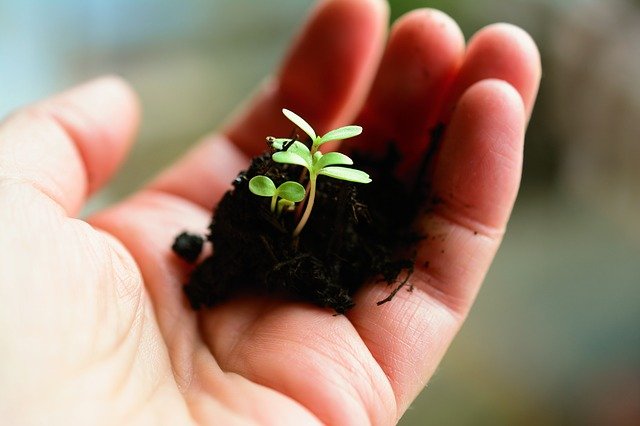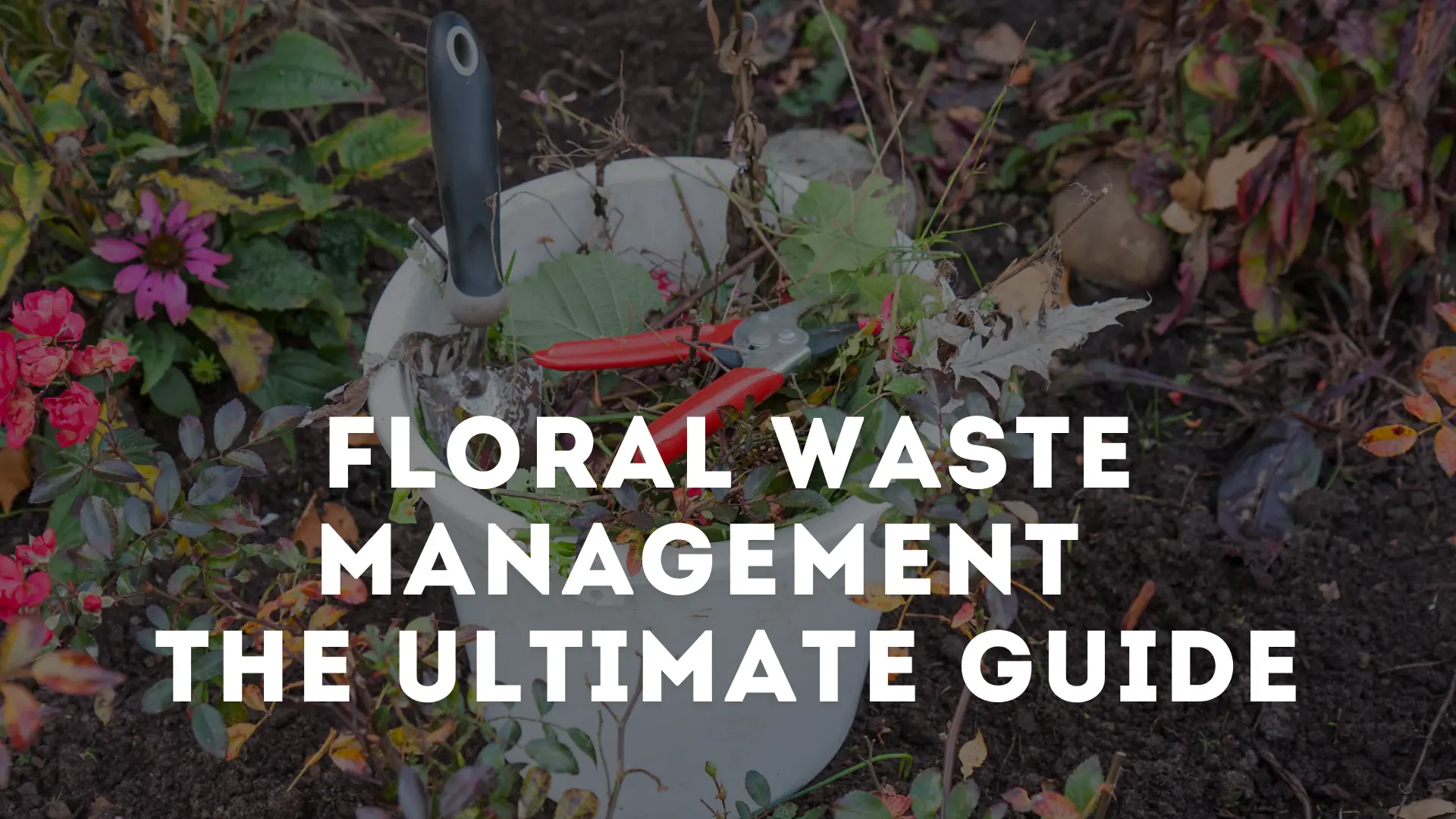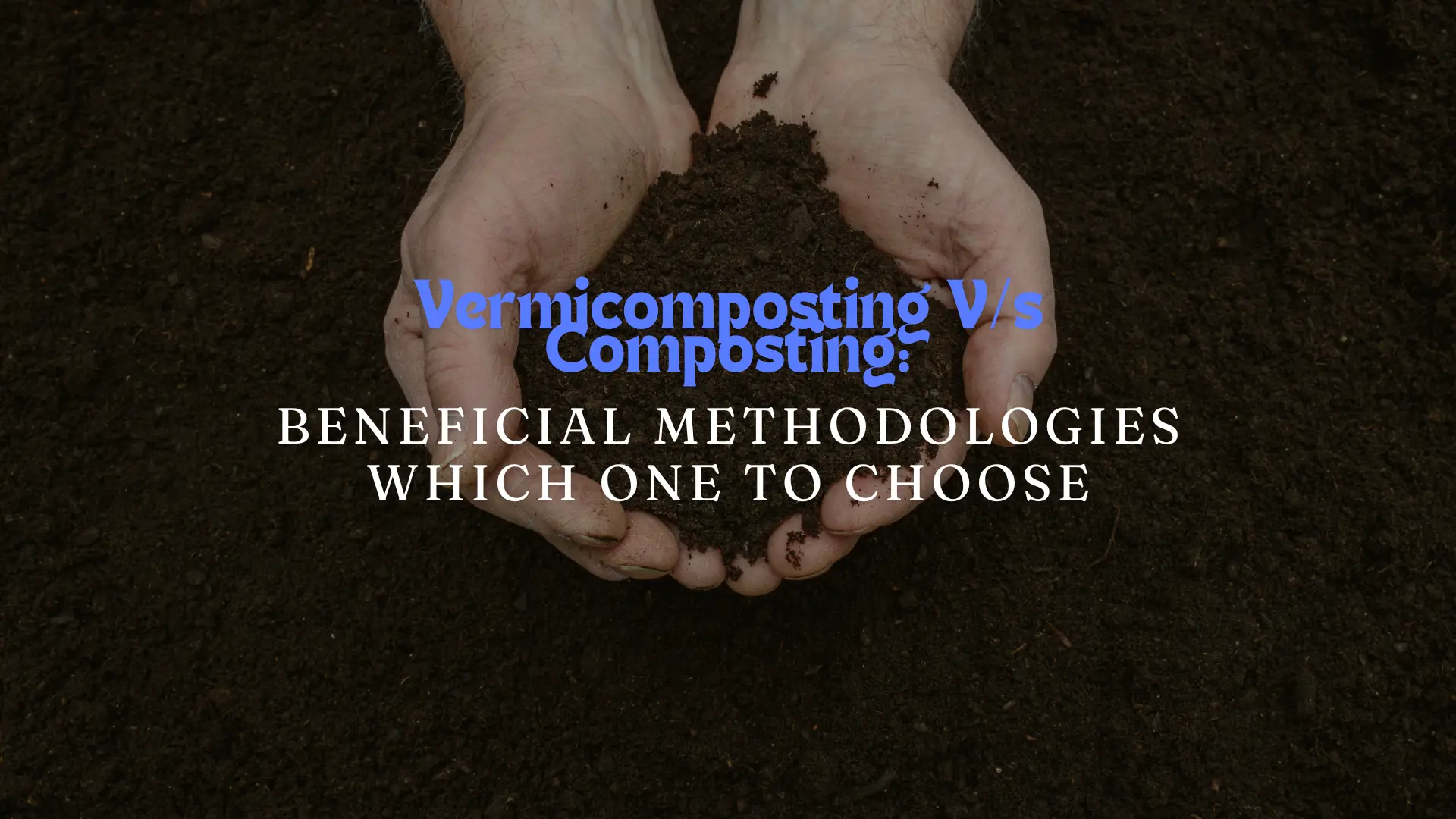With the increasing trend of municipal solid waste, the proportion of organic waste is also increasing. It makes up more than half of the total waste, i.e., approx 55%.

Compostable waste is in very high proportion. Waste can transform into valuable products such as methane gas, compost, biofuels, char, etc. If you are looking for consultants to make most out of organic waste connect with oraganic waste consultants. These profitable components can be obtained by various methods, like:-

1.Waste to energy
(a) Pyrolysis
(b) Plasma pyrolysis
(c) Incineration
(d) Biomethanation
(e) Pelletization/ Refuse derived fuel (RDF)
2. Waste to compost
(a)Aerobic composting
(b) Anaerobic composting
(c) Vermicomposting
In this blog, I will tell you about a well-known composting method, i.e., the Indore method.
First, let’s start with how it is named and its Introduction.
What is the Indian-Indore Method of composting?
Wad and Howard developed this method in 1931 in Indore, Madhya Pradesh, India. Therefore, it is called the Indian Indore method.
Refuse and night soil is immediately treated by this method. A trench of 2 feet deep and 15 feet broad is made. Building metallic roads at the side and in between the trenches is advisable.
Raw Materials
The raw materials used in this process can be any decomposable organic waste, such as paper, kitchen waste, human feces, agricultural waste, etc. Some of the residues depend upon their availability I’m mentioning here.
| Availability of residue | Examples |
| Residue in low quantities | Waste paper, packing materials, shavings, sawdust, worn out gunny bags, old canvas, worn out uniforms, old leather belting, etc. |
| Residue in moderate quantities | Mixed dried grass, gram stalks, wheat straw, uneaten and decayed silage, millet stalks damaged by rain, residues of the safflower crop, ground-nut husks, ground-nut stalks and leaves damaged by rain, sugar-cane and millet stumps, kitchen refuse, etc. |
| Residue in large quantities | Cotton stalks, sann hemp – either as green plants reaped before the flowering stage or as dried stems of the crop kept for seed, pigeon-pea stalks, sugar-cane trash, weeds, fallen leaves, etc. |
Layering of the trenches

The first charge is done by leaving a vacant space of 4 feet to the side. The refuse of carts is dumped into these trenches and spread by drag rakes. Making a heap of three to four inches. After leaving, a charged inoculum of at least two weeks is mixed, fastening the process. Night soil is then tipped as the upper layer. More refuse is added over the night soil. Then the lower layer, inoculum, and upper refuse are mixed by drag rakes in small lots until the breadth of the opposite side of the trench is covered.
Day by day, more refuse is added until the trench is covered. The top layer should be refused only without being mixed into the lower layers. So, as to act as a barrier layer, uniform moisture and heat in the whole mass of the mixture, and to prevent the breeding of fly larvae on top.
Struggling with buying and selling organic waste issues? Connect with organic waste buyers and sellers here.
Buyer Listings Seller ListingsNight soil- Refuse Proportion
There is no fixed proportion of these. After charging and later turns, heaps with flat tops and vertical sides are made. If the night soil is very liquidy amount of night soil is high, the refuse should be mixed until it is appropriately mixed either by the upper margin from the surrounding. Otherwise, difficulties like preventing waterlogging in a wet season and keeping uniform moisture during dry weather will arise.
Turns
First turn:- After two days of charging, i.e., four days from the start. A four-pronged garden-digging fork is found suitable for turning.
Water should be added with a hose or by hand after turning for soaking. This helps in preventing extra addition of water, water logging, and o seeping.
Second turn:- After eight days, a second turn is performed by forking over to the other side of the trench. Add water if necessary.
Third turn:- 8-15 days after the second turn. It depends upon the decomposition stage. The advance degree crumble of the material shows the finishing of the stage. Mass is then forked out from the trench and heaped on the adjacent storage ground. The length of the heap should be up to four feet.

Process Duration
3-8 weeks is the duration for manure preparation after charging. Duration of the process depends upon:-
- The night soil-refuse ratio,
- The correct moisture control,
- Air throughout, and
- The season.
Temperature and pH
A rapid change in temperature and pH is observed throughout the process. After the first turn, the temperature rises rapidly, usually above 65 degrees celsius but never below 45 degrees Celsius. It reduces to average room temperature by the end of the process. Because at the ending stage, it turns vegetable scraps into humus. Studies show aerobic thermophilic bacteria thrive best between 43 degrees and 63 degrees C.; the fungi between 40 degrees and 55 degrees C.
Studies show cellulose-decomposing bacteria multiply most strongly at pH 7.0-8.0. But after charging, the mixture can be slightly acidic at the starting stage due to speedy decomposition.
Explore Organic Waste Treatment Solutions
Find top machinery, plants, tools, resources, companies, and consultancy for comprehensive organic waste treatment needs.
Economics Related to the Process
This process enables us to overcome profitability by the formerly disposed of ground management. Even if the manure is sold cheaply, it’s more profitable than refuse and waste. It’s an excellent waste to produce byproduct examples. You can also connect with consultants to better understand the economics of a composting business.

The main cost related to this process is:-
- Labour cost
- Water supply cost
- Land (if on rent)
- Cost of collection
- Cost of transport
- Packing cost of the manure
Struggling with organic waste treatment issues? Connect with top consultants specializing in organic waste treatment.
Connect NowThis process is very economical, helps minimize waste, is straightforward, and all the necessary raw materials are inexpensive. This process does not need any skilled workers or machinery.
Advantages of Indian-Indore Method of Composting
There are many advantages of this method, some of them are mentioned below:-

Explore the best organic waste treatment and disposal machinery and plants for your industrial needs.
Connect Today- Capital expenditure is low.
- Has a low operating cost.
- Building simple trenches doesn’t need any engineering knowledge.
- Idle dumping ground area produces economy.
- Prevent the breeding of flies.
- Prevent the generation of bad odors.
- Exceptional hygiene of dumping grounds.
- Doesn’t need any professional/skilled supervision.
- Processes can be done in any season and on open ground.
- Production of manure needs very less time.
- Resultant manure is produced in large quantities.
- Equally applicable for large and small quantities.
- Surplus income becomes available for other sanitary measures for improving public health.
- It’s an eco-friendly process.
- Manure is very effective for crops.
Find and connect with leading companies specializing in organic waste treatment and disposal solutions.
Get Connected Today
Conclusion
The Indian- Indore method is one of the most beneficial methods for waste management. It produces a good quality product with low capital and operational cost. Manure is sold in the market at a reasonable price. Its fine powder texture enables the Indore compost to be rapidly and easily incorporated and to exert its maximum effect on the internal surface of the soil. The resultant black-brown manure is rich in phosphorus and nitrogen and has a low C: N ratio. These are the qualities of sound waste.
If you have any queries related to the Indian Indore composting method, you can contact us. Share your thoughts in the comment section below. For more informational blogs, subscribe to us. It matters a lot to us.
Manage your waste with experts. Find consultants for composting















